
On July 1, 1863, the US Post Office inaugurated its free City Mail Delivery Service in part in response to the Civil War.
Before the Civil War, postage only covered the delivery fee between post offices. People had to go to the post office to pick up their letters during its regular business hours. Or in larger cities, they could pay an extra 2¢ to have it delivered to their home or use a private delivery firm.
Street boxes for mail collection appeared in major cities in 1858, which allowed people to mail letters at their convenience. But people hoping to receive letters from their Civil War soldiers still had to travel to their nearby post office and wait in line to get their mail.
Joseph W. Briggs was the clerk and assistant to Cleveland’s postmaster, Edwin Cowles. After watching a group of women shivering in line one harsh winter morning in 1862, Briggs proposed a new system of home mail delivery. Cleveland’s postmaster quickly approved his plan. At first, the mail was sorted and taken to grocery stores in Cleveland, where it was distributed. Later, the mail was delivered to homes.
In 1862, US Postmaster General Montgomery Blair submitted his annual report to President Abraham Lincoln and recommended free city mail delivery. He said it would “greatly accelerate deliveries, and promote the public convenience.” Blair also said that if the system to mail letters was more convenient, more people would use it more often, increasing postal revenue.
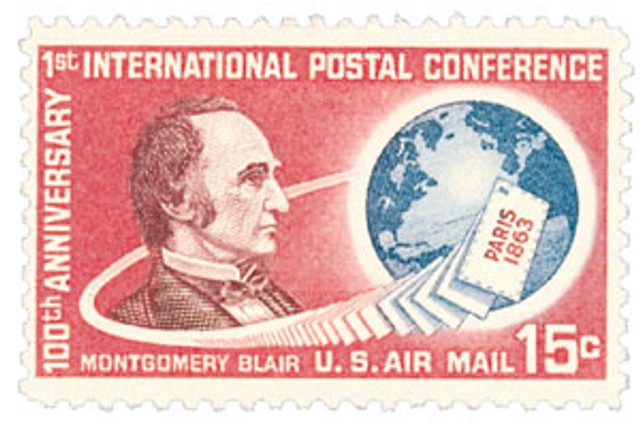
Congress ultimately agreed with Blair and passed an act establishing free city delivery on March 3, 1863. The new law would become effective on July 1, 1863, in cities where the income from local postage was enough to cover all the expenses associated with the service. Generally, this meant cities with populations of 20,000 or more or those with postal revenues of at least $10,000.
With this new law came a change in how letters were addressed. Previously, they usually only had a person’s name and city. Now they also had to include the street address. At the end of the first year, 65 cities offered the service and employed 685 mail carriers.
In 1864, Briggs sent a letter to Blair offering ideas for improvements to the nation’s free city delivery system. Blair was impressed by his ideas and made him special agent in charge of the system, a job he held until his death in 1872. Briggs was responsible for organizing the service in 52 additional cities throughout the United States. Briggs later helped design the first mailman’s uniform.
Any cities that met the requirements could petition the Post Office Department for this service. In addition to the population and postal revenue requirements, they had to have sidewalks and crosswalks, named and lit streets, and numbered houses. By 1900, the service was available in 796 cities, employing 15,322 carriers.
For several years, the letters could only be hand delivered. If the recipient didn’t answer the door, the carrier kept their letter. Starting in 1912, new postal customers had to have mail slots or boxes. This became mandatory for all homes in 1923. Additionally, while carriers initially made two residential deliveries per day, this practice was ended in 1950. Today, more than 300,000 carriers deliver mail to homes six days a week.
| FREE printable This Day in History album pages Download a PDF of today’s article. Get a binder or other supplies to create your This Day in History album. |
Discover what else happened on This Day in History.

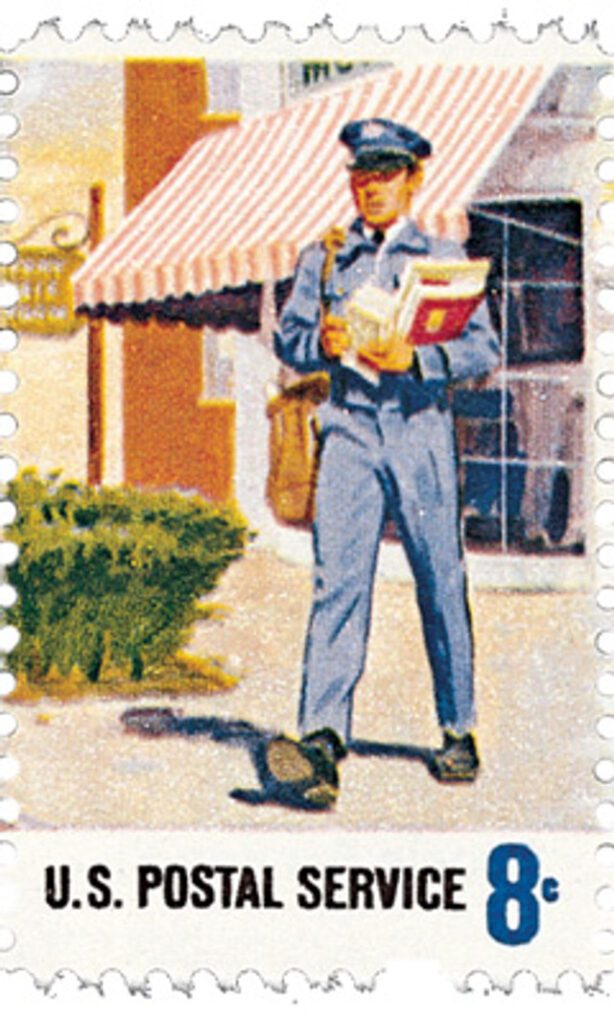

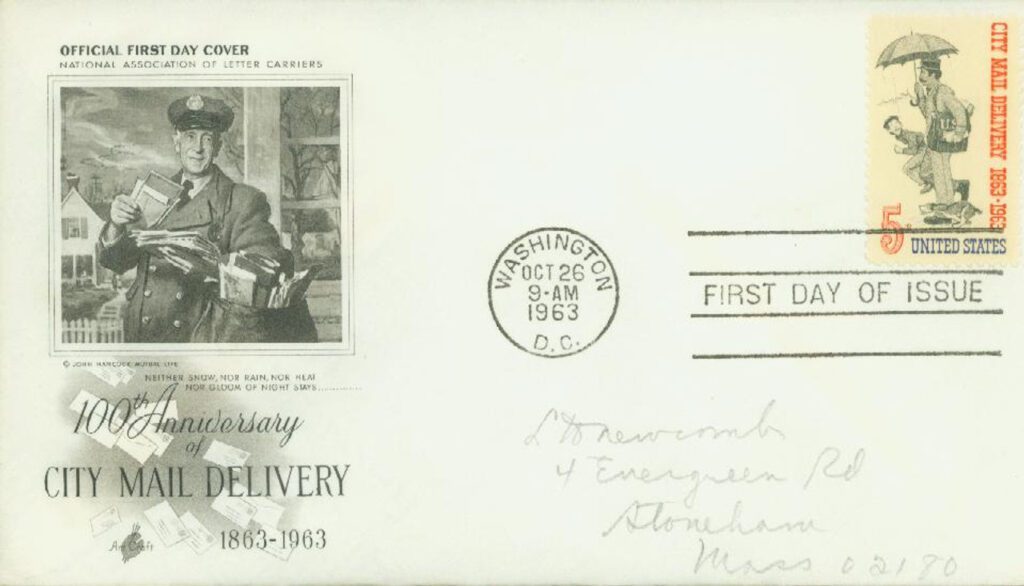
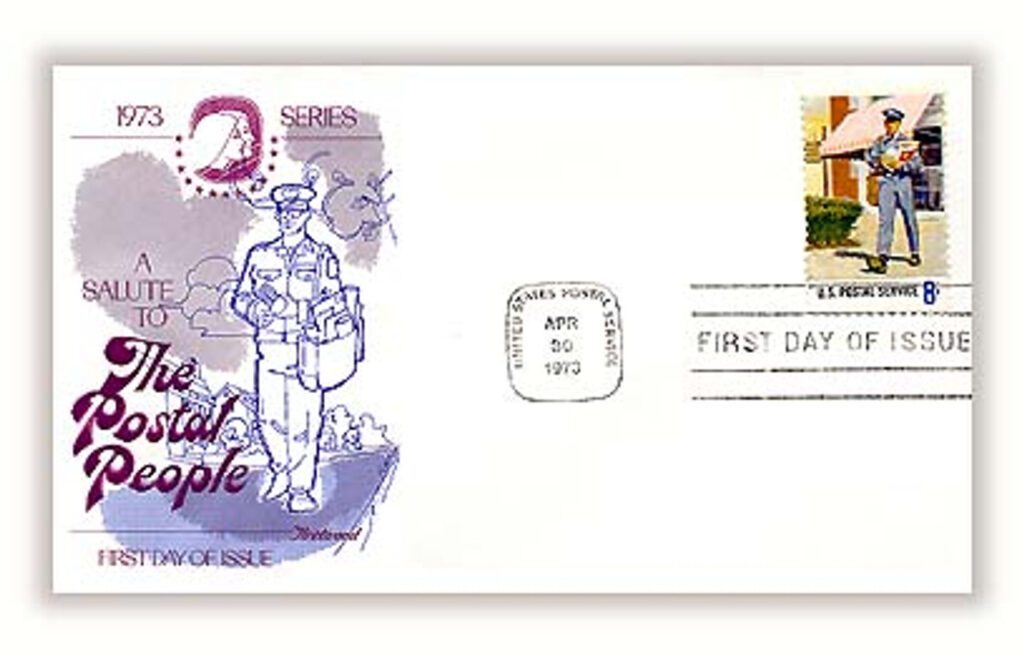
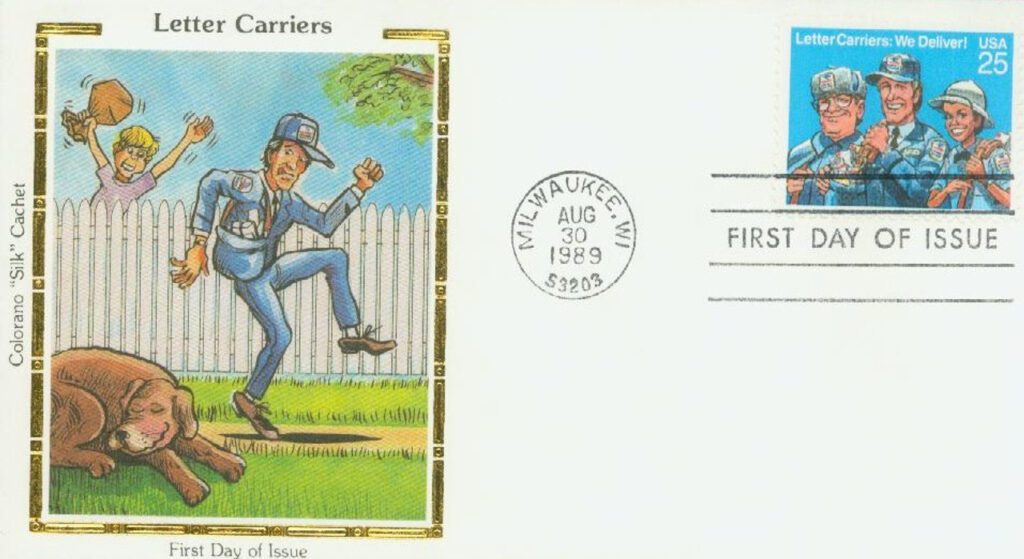
As a retired carrier I will always be grateful for this opportunity. I enjoyed delivering mail.
Thanks to all the mail carriers who delivered my mail over the years. They are very important to all individuals in USA and around the world. Mail carriers should be rewarded greatly for their service.